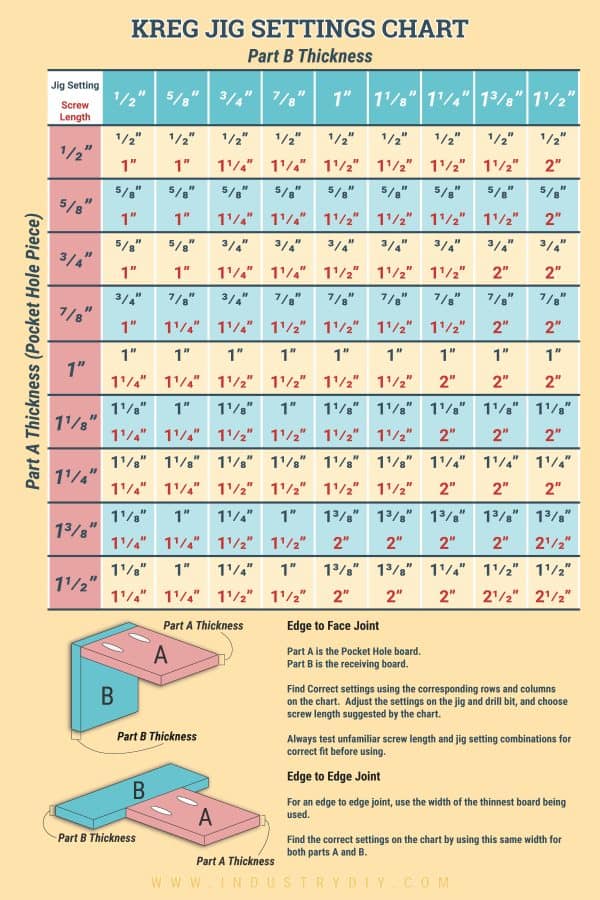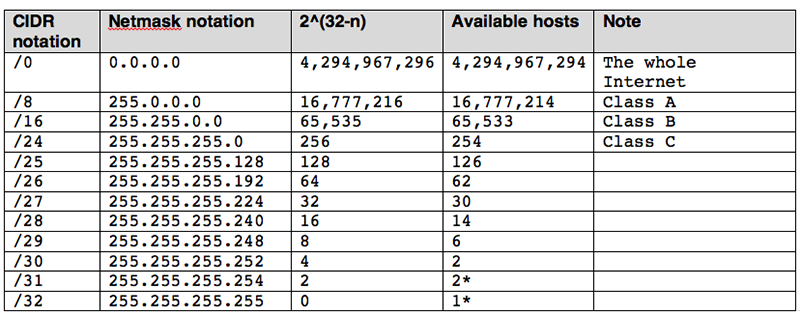
Instead, current is always an indirect measurement that produces a voltage output that’s proportional to applied current. Many are surprised to learn that devices that measure current do not make a direct measurement. Step 1 – 4-20 mA current loop is ‘volts’ by any other name
#Bit resolution calculator how to
In this post, I’ll show you how to make this calculation in four easy steps by using a hypothetical 0-1,000 psi load cell with a 4-20 mA output. One question that arises quite often is how to calculate measurement resolution in applied engineering units when measuring 4-20 mA current loops. If you draw a blank after reading this first sentence, see this and this for some 4-20 mA background information.
#Bit resolution calculator code
If DAC Hex Code = FFFF, then Vout = FS = 4.I estimate that 20-30 percent of measurements made by our customers are from 4-20 mA current loop sensors and systems. If DAC Hex Code = FFFF, then Vout = FS = 2.499962 V, and

If Vin = FS = 4.999924 V, then ADC Hex Code = FFFF, andĭAC8830, 16-Bit DAC, manufacturer Texas Instruments If Vin = FS = 2.499962 V, then ADC Hex Code = FFFF, and If Vin = FS = 4.980469 V, then ADC Hex Code = FF, andĪD7685, 16-Bit ADC, manufacturer Analog Devices If Vin = FS = 2.490234 V, then ADC Hex Code = FF, and Therefore, all one needs to remember about the LSB is its definition, as follows:ĪD7823, 8-Bit ADC, manufacturer Analog Devices I have seen articles in which Vref is considered the component full-scale, which is the premise that generates subsequent wrong definitions. Both of them are valid, and some authors are ambiguous or confused about them. This is the trouble, as the LSB has two definitions, equations (1) and (7). If we replace Vref in equation (3), and after calculations, we can write the definition of the LSB as a function of the ADC’s full-scale, as in equation (7). Moreover, from equation (1), we can write the mathematical relation between Vref and LSB as follows:

In our 8-bit ADC example, if the voltage reference is Vref = 5V, then the LSB and FS are:Īs you can see, and ADC can never reach its Vref but, as the number of bits is higher, it gets very close to its reference voltage.
#Bit resolution calculator full
Its full scale (FS) is calculated with the following formula:Īfter replacing the LSB in equation (3), the ADC full-scale results as in equation (4).įigure 2 shows the ADC counts and the corresponding hex code. As the ADC counts the input level, it never reaches the voltage reference. The ADC outputs a digital word that shows how many counts are in its input voltage level. Where Vref(+) and Vref(-) are the non-inverting and the inverting inputs of the differential voltage reference respectively. Where N is the ADC’s or DAC’s number of bits.įor ADCs that have a differential voltage reference, the LSB is One count is 1 LSB, and is defined as follows: In an 8-bit ADC there are 2 8 = 256 counts. For example, if this is an 8-bit ADC, the counts will look like those in Figure 1. Depending on the number of bits it has, the ADC divides the voltage reference in small levels called counts. The ADC needs a voltage reference to convert an analog signal into a digital word. Sure, nothing is perfect in this world, some info we need might not be there, but in the case of the LSB, I still have yet to see an ADC or DAC data sheet without the LSB definition in some form or another. The manufacturer writes in the data sheet all the information one needs about that particular component.

One of the recommendations I make is this: “When in doubt, read the manufacturer’s data sheet.” So, let us look at an ADC data sheet. To define an LSB, let’s not look, for the moment, at articles or text books.


 0 kommentar(er)
0 kommentar(er)
